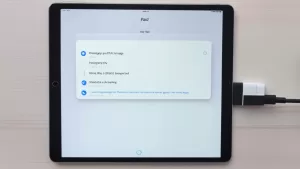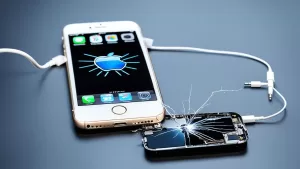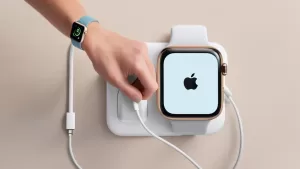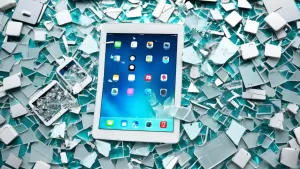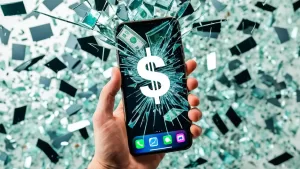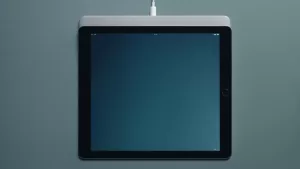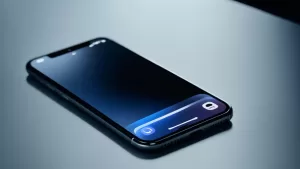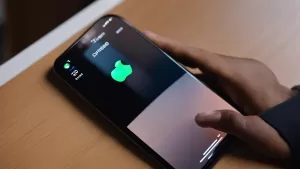Are you tired of dealing with charging issues on your iPhone? Is your device not charging properly or taking forever to charge? Before you rush to the nearest Apple store or buy a new charger, there might be a simple solution to your problem. Have you ever considered cleaning your iPhone’s charging port?
Many iPhone users overlook the importance of regularly cleaning their charging ports, but it can make a world of difference in your charging experience. Dust, lint, and debris can accumulate in the charging port over time, leading to poor or inconsistent charging performance.
In this article, we will guide you through the process of cleaning your iPhone’s charging port safely and effectively. From the tools you’ll need to step-by-step instructions, we’ve got you covered. Discover the best way to clean your iPhone’s charging port and ensure a seamless charging experience every time.
Key Takeaways:
- Regularly cleaning your iPhone’s charging port can improve charging performance and prevent charging issues.
- Gathering the right tools, such as a flashlight, toothpicks, and compressed air, is essential for effective cleaning.
- Follow our step-by-step guide to safely clean your iPhone’s charging port.
- Take precautions to avoid damaging your device or port during the cleaning process.
- If cleaning doesn’t resolve the charging issues, seek professional help from Apple or an authorized service center.
Why is it Important to Clean Your iPhone’s Charging Port?
Over time, your iPhone’s charging port can accumulate dust, lint, and other debris, which can hinder the charging process. A dirty charging port can cause charging issues, such as slow charging, intermittent charging, or no charging at all. By regularly cleaning your iPhone’s charging port, you can ensure a stable and reliable charging connection, preventing any disruptions in charging your device.
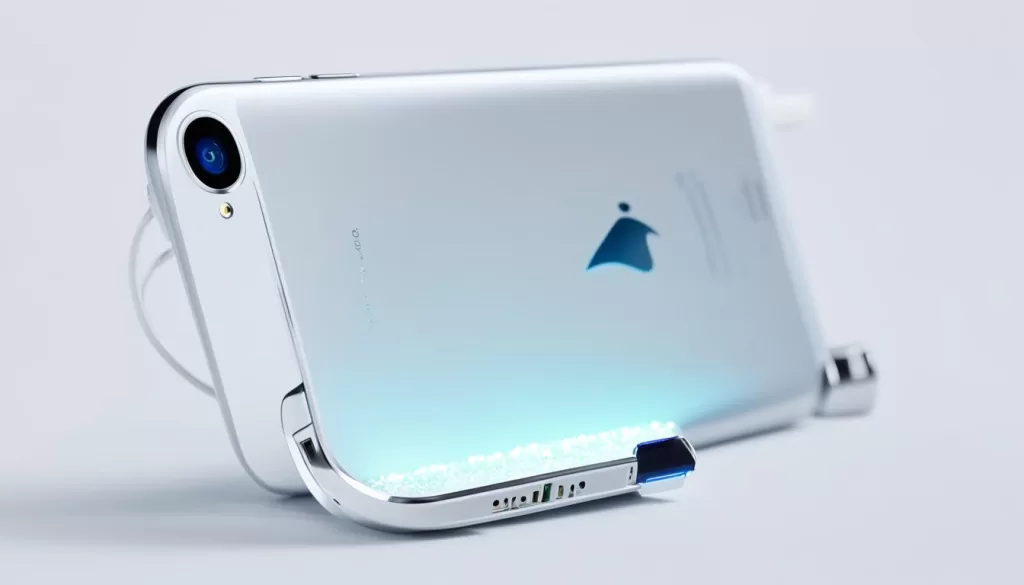
Tools Needed to Clean Your iPhone’s Charging Port
Before you begin cleaning your iPhone’s charging port, it’s important to gather the necessary tools. Having the right tools will make the cleaning process more efficient and effective. Here are the tools you’ll need:
1. Flashlight
A flashlight is essential for inspecting the charging port and identifying any dirt, dust, or debris that may be obstructing the connection. Make sure you have a reliable and bright flashlight to get a clear view of the port.
2. Toothpicks
Toothpicks are ideal for gently removing small particles and debris from the charging port. Choose toothpicks with a pointed edge to help dislodge any stubborn dirt or lint. Be careful not to apply too much pressure to avoid damaging the port.
3. Compressed Air (optional)
Compressed air can be a useful tool for blowing away loose particles and cleaning hard-to-reach areas of the charging port. It creates a powerful burst of air that dislodges dirt and dust. However, be cautious when using compressed air to avoid directing it too forcefully into the charging port, as it may damage internal components.
With these tools at your disposal, you’re ready to safely and effectively clean your iPhone’s charging port. Having a well-maintained charging port will ensure a reliable charging connection and prevent any disruptions in charging your device.
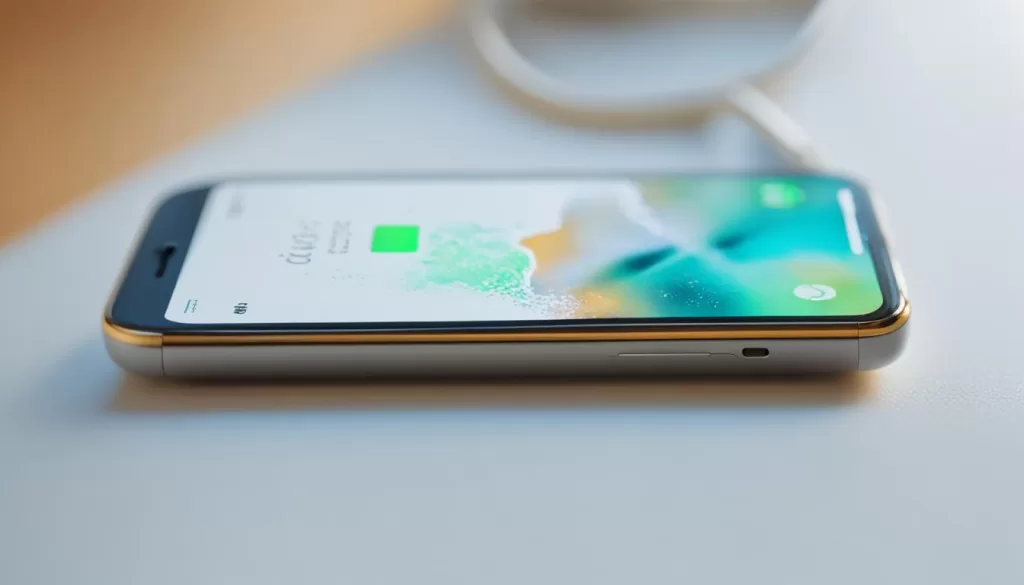
Step-by-Step Guide on How to Clean Your iPhone’s Charging Port
To ensure optimal charging and prevent any disruptions, regularly cleaning your iPhone’s charging port is crucial. Follow these simple steps to clean your iPhone’s charging port effectively:
- Gather the necessary tools:
| Tools |
|---|
| Flashlight |
| Toothpicks |
| Compressed air (optional) |
Having these tools ready will make the cleaning process much easier.
- Power off your iPhone:
Before you start cleaning the charging port, make sure your iPhone is powered off. This will minimize the risk of any damage.
- Inspect the charging port:
Use a flashlight to carefully examine the charging port. Look for any visible dirt, dust, or debris that may be obstructing the connection.
- Gently remove debris:
Take a toothpick and gently scrape along the edges of the charging port to dislodge any accumulated debris. Be careful not to apply too much pressure or insert the toothpick too deep to avoid damaging the port.
- Blow away loose particles (optional):
If you have compressed air available, you can use it to blow away any remaining loose particles from the charging port. Hold the canister a few inches away from the port and give it a brief burst of air to remove any remaining debris. Note that compressed air should be used sparingly and with caution.
An image showcasing the step-by-step guide on how to clean your iPhone’s charging port
- Inspect again:
After cleaning, use the flashlight to double-check that the charging port is free from any visible dirt or debris.
- Power on your iPhone:
Once you are satisfied with the cleanliness of the charging port, power on your iPhone and connect it to the charger to test if the connection is secure and charging properly.
By following these simple steps, you can effectively clean your iPhone’s charging port and maintain a reliable charging connection.
Precautions to Take When Cleaning Your iPhone’s Charging Port
While cleaning your iPhone’s charging port, it is important to take certain precautions to avoid any damage to the port or device. Follow these tips to ensure a safe and effective cleaning process:
1. Power off your iPhone
Before you begin cleaning the charging port, make sure your iPhone is powered off. This will reduce the risk of electrical shock or damage to your device.
2. Use a soft, dry cloth
Start by gently wiping the exterior of the charging port with a soft, dry cloth. This will help remove any loose debris or dust particles without causing any damage.
3. Avoid using sharp or metallic tools
When cleaning the charging port, refrain from using sharp or metallic tools, such as toothpicks or metal pins. These can scratch or damage the delicate components of the port, leading to further issues.
4. Use compressed air
If there is stubborn debris inside the charging port, you can use compressed air to blow it out. Hold your iPhone firmly and carefully insert the nozzle of the compressed air canister into the port. Gently release short bursts of air to dislodge any dirt or dust.
5. Be cautious with liquid cleaners
Avoid using liquid cleaners or solvents to clean the charging port, as these can seep into the device and cause damage. Stick to dry cleaning methods to ensure the safety of your iPhone.
6. Do not force anything
If you encounter resistance or difficulty while cleaning the charging port, do not force anything. Forced movements or excessive pressure can result in permanent damage to the port or other internal components of your iPhone.
7. Inspect before reinserting the charger
After cleaning the charging port, use a flashlight to carefully inspect the port for any remaining debris. Ensure that the port is completely dry before reinserting the charger to avoid any potential short circuits.
By following these precautions, you can safely clean your iPhone’s charging port and maintain optimal charging performance.
When to Seek Professional Help
In most cases, following the above methods should successfully clean your iPhone’s charging port and resolve any charging issues. However, if you have diligently followed all the steps and your iPhone is still not charging properly, it is advisable to seek professional help.
Contact Apple or visit an Apple service center to have your iPhone examined and repaired by trained technicians. They have the expertise and knowledge to diagnose any underlying issues and provide the necessary solutions to restore your iPhone’s proper charging functionality.
Remember, attempting to fix complex charging issues by yourself may further damage your iPhone or void your warranty. If you are uncertain about any aspect of the cleaning process or encounter persistent charging problems, it is always best to consult the experts for a reliable and long-lasting solution.
